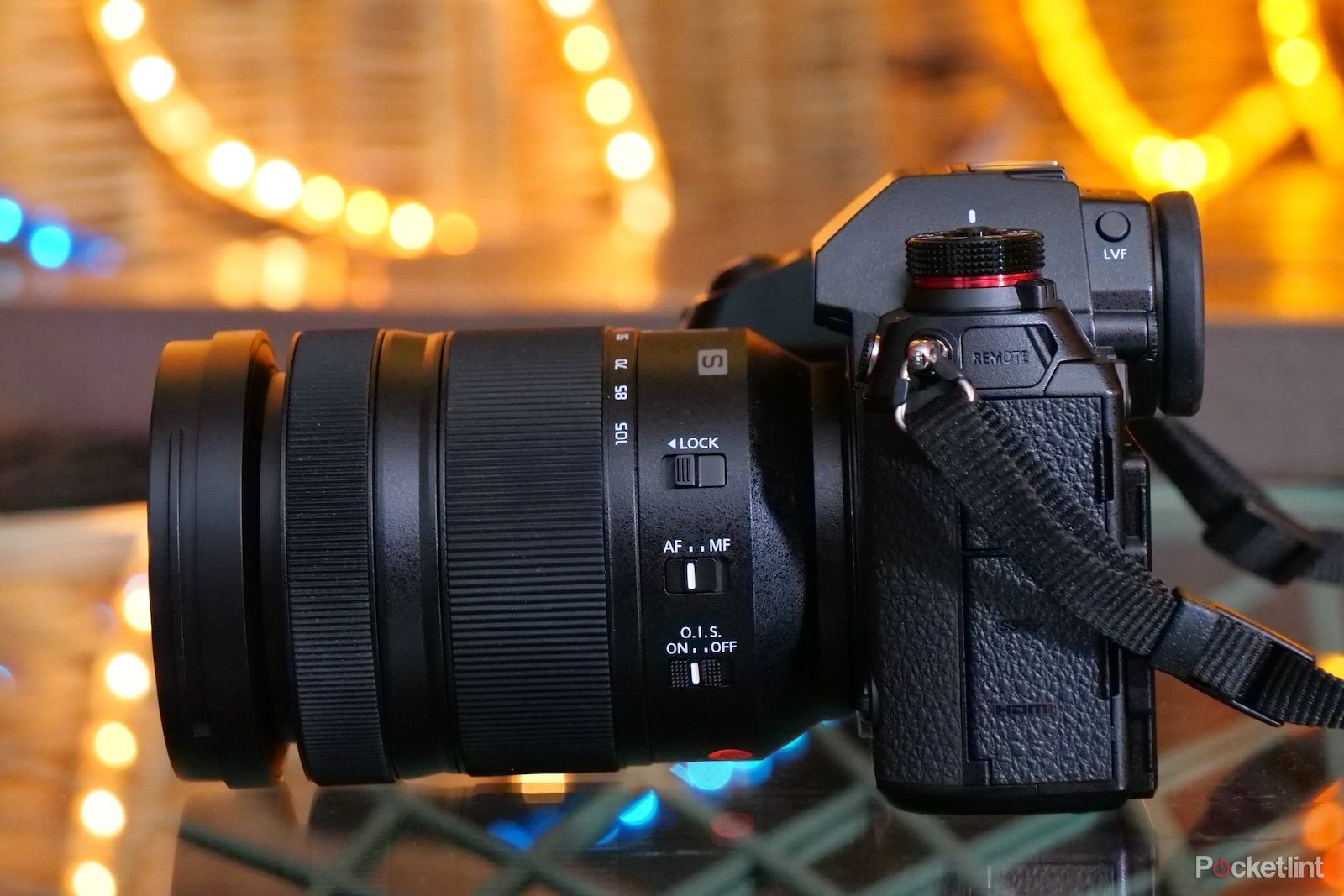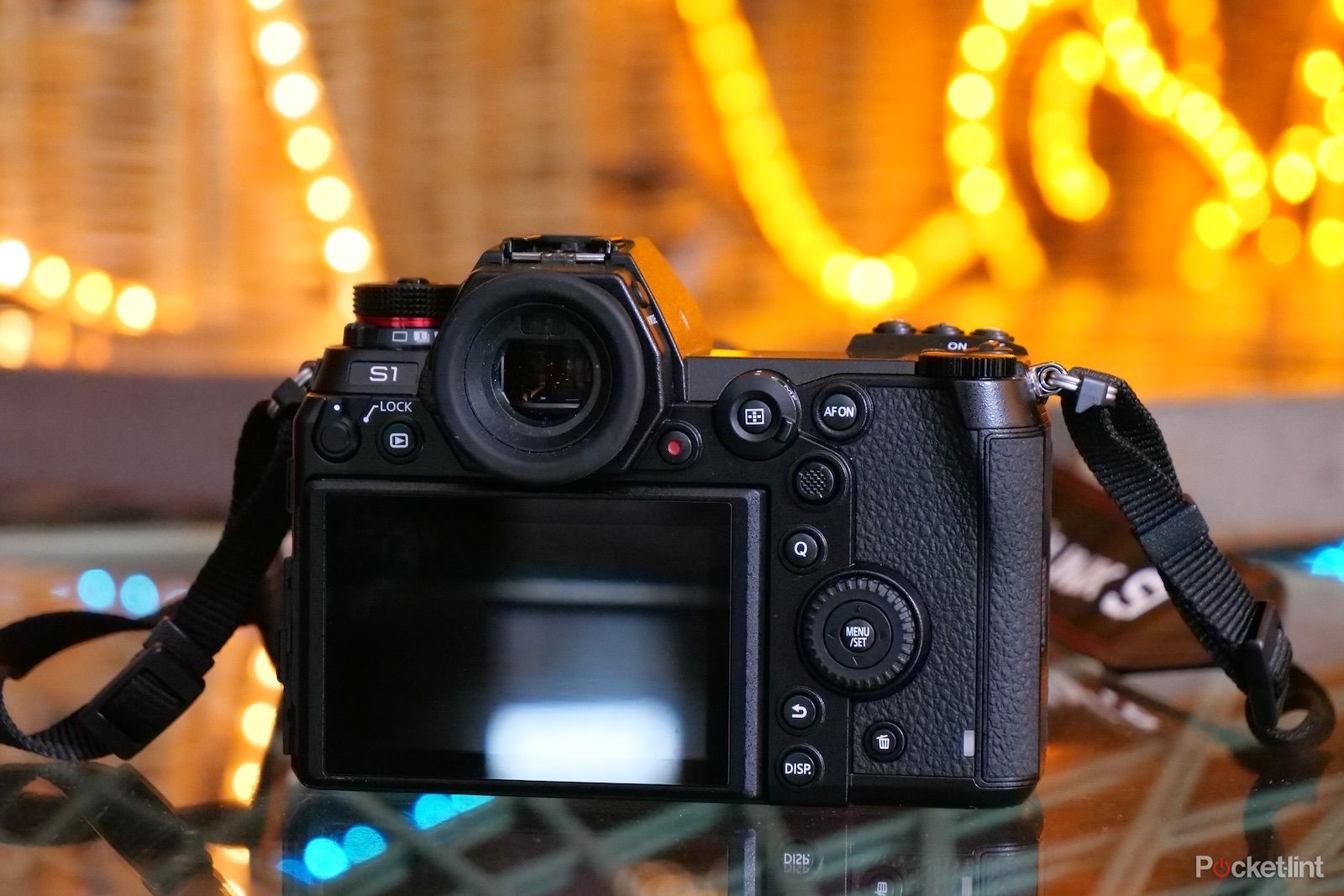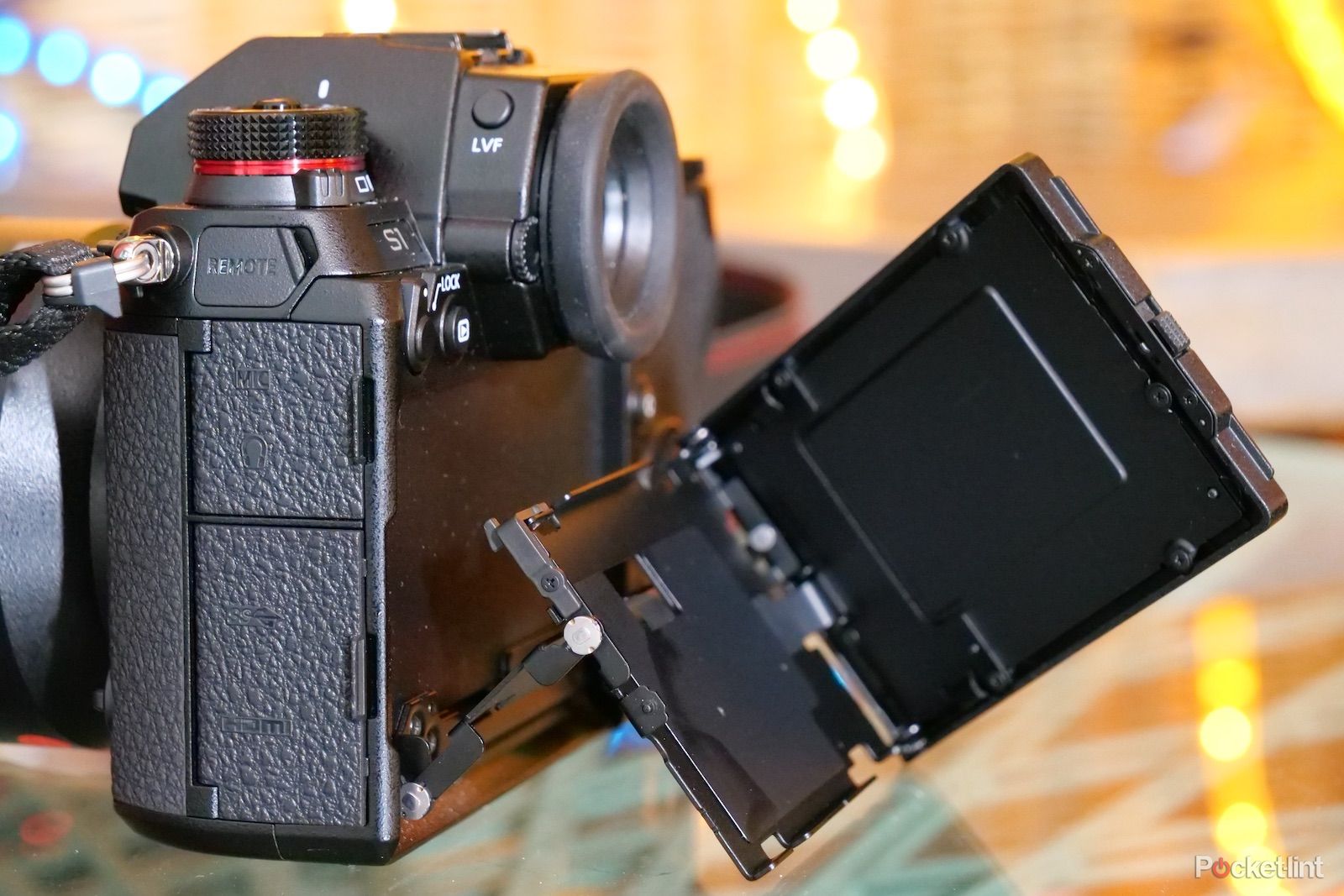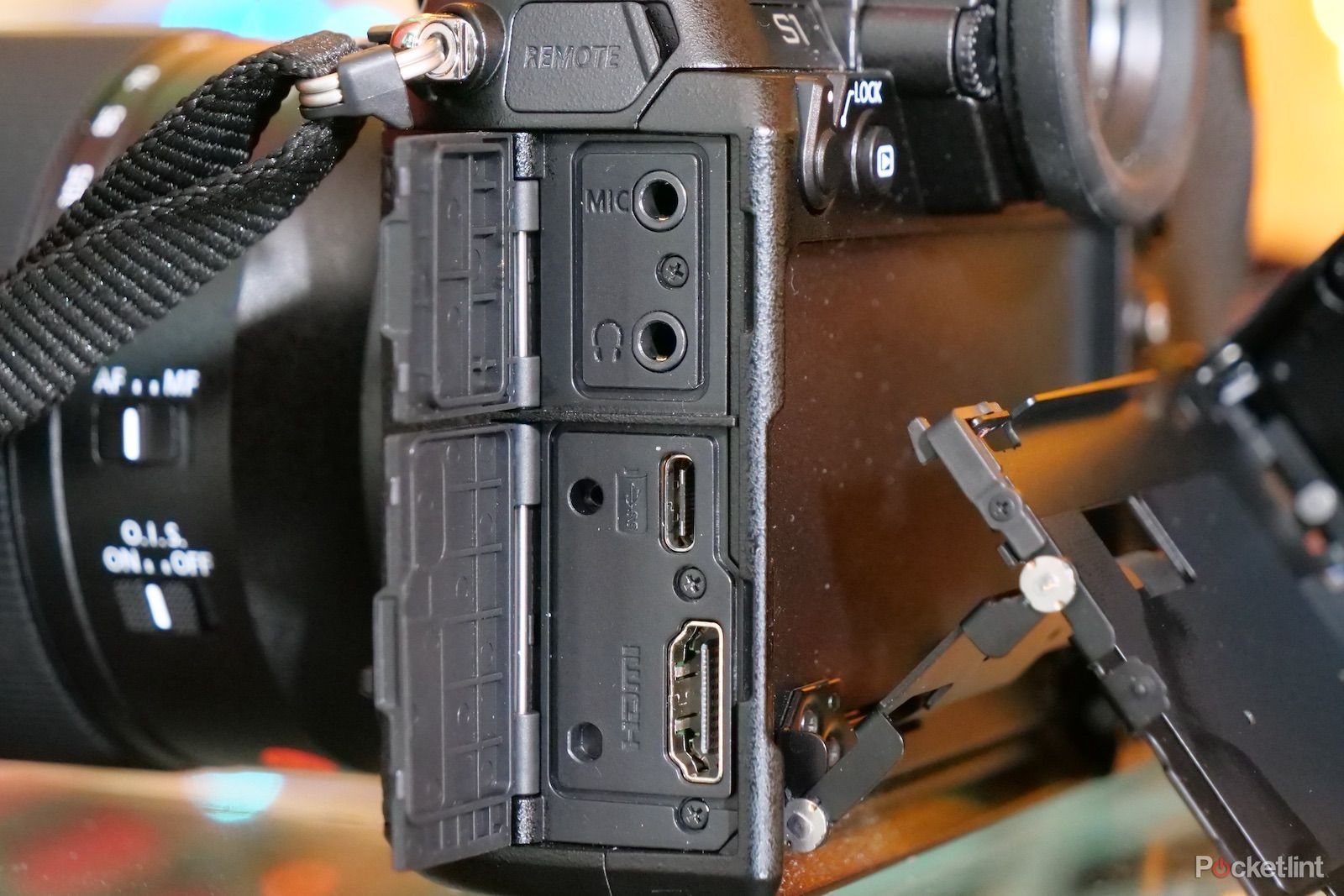After months of teasing us with glimpses of its forthcoming full-frame mirrorless range, Panasonic has now fully lifted the lid on its S1 and S1R cameras.
It's a massive deal for the brand - which has been pushing its Micro Four Thirds system cameras, Lumix G, for over a decade - as the S series marks an entry into an entirely new and more pro-focused market.
So how does the Lumix S1 actually perform and can it hold off its mirrorless full-frame rivals - such as the Sony A7R III, Canon EOS R, and Nikon Z6 - despite being later to the game? We've been using the latest Lumix to find out.
Our quick take
The Panasonic Lumix S1 is a formidable full-frame offering that's packed with features and potential. Its only real problems? That lens mount makes for massive optics and there are minor hiccups with low-light autofocus being slow or hunting a little.
The window onto high-quality Leica lenses might be enough to entice in a whole new audience seeking top-notch quality for stills and video, but with the competition offering new mounts elsewhere - both Nikon and Canon have launched already - it means the S1 doesn't have anything truly extra special to offer in this regard. It's very good, but so is the competition.
All said, the Panasonic Lumix S1 is a full-frame feast. It's a system that's hard to criticise given its overall capabilities and wide-ranging feature set, with great image quality and performance that matches and sometimes betters its contemporaries. Whether that's enough to draw away from the Nikon and Sony establishment, however, is a whole other question...
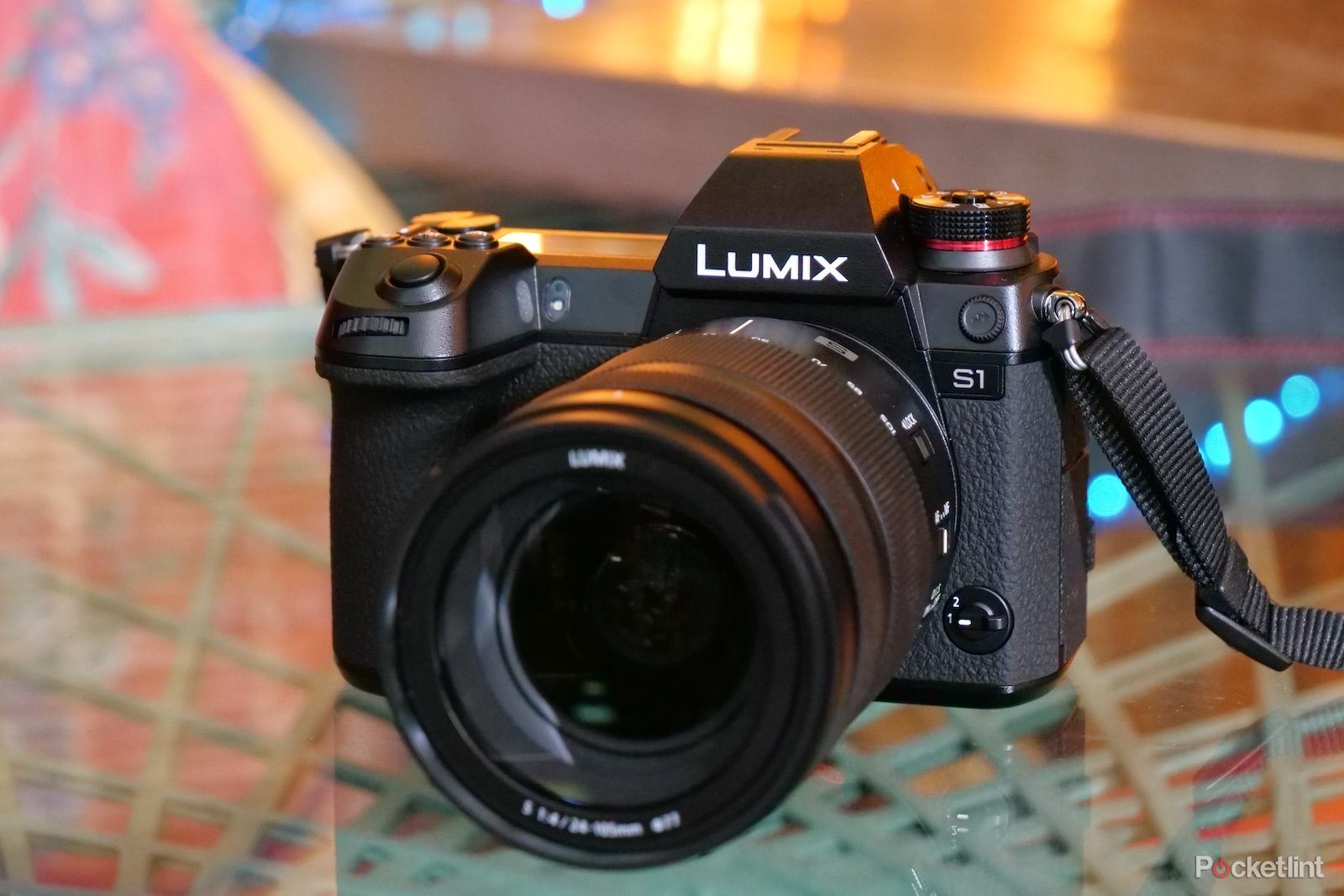
Panasonic Lumix S1 - 4.5 / 5
| FOR | AGAINST |
|---|---|
|
|
Panasonic LUMIX DC-S1
Lens mount
- Uses Leica L mount: Leica SL, TL, CL; Lumix S Pro; forthcoming Sigma lenses
- Not compatible with Micro Four Thirds (MFT) lenses
First up, the all important lens mount. Which is actually the Leica L mount. Yep, you read that correctly: Panasonic, along with Sigma, has forged a lens alliance with the German brand, so all three will produce lenses for this fitting.
Which is kind of exciting, as you could buy some great Leica glass for this Panasonic. At the same time, however, the design of this mount makes for a large lens design. If you've ever seen a Leica SL then you'll know what we mean.
So the Lumix S1 is a big camera with big lenses - which might sound like a problem, but for most pros in the know they'll be content knowing it's easy to grab with one or two hands, comfortably, and use for long periods of time. At first we thought it was all too big and chunky, but over time we've become used to using it.
As for Micro Four Thirds? Panasonic will continue to push this format, but it's entirely unrelated to the S. It won't ever be possible to use MFT lenses with the S series due to the physical mount's design and the inevitable difference in lens coverage.
Design and features
- 5.76m-dot OLED viewfinder, 0.78x magnification, 120fps refresh
- 3.2-inch, 2.1m-dot LCD touchscreen, tri-adjustment bracket
- Top display panel with illuminator
- 1-2 switch (for two-form setup)
- Joystick toggle control
- 100% weather sealed
- SD & XQD card slots
So we've established that it's a big ol' beast, but that's not to say the S1 isn't well designed. It's easy to use and, in many senses, feels like an upsized Lumix G9. Only it's better in every way - not least because the S1's shutter feels 'proper' without the click-happy over-response of the G9.
For starters the joystick on the rear of the S1 makes it very easy to centralise the focus point or move it around (although it's hyper-sensitive in menu settings, which is annoying). Up top there's a light-up panel with all the settings in clear view as and when needed, ahead of which are dedicated exposure comp, ISO and white balance buttons - it's even easy enough to make adjustments to these settings without removing your eye from the viewfinder, if that's how you're shooting.
Like with the G9 there's also a '1-2 Switch' to the front, where it's possible to pre-assign settings in either mode, then quickly toggle between them with the flick of that switch. Those with established workflows will find this useful, especially in rapid pace environments where quickly changing up, say, the shutter speed along with the ISO sensitivity and other image quality settings all in one becomes an essential time-saver.
The Lumix S1 also has the highest resolution viewfinder that we've ever seen in a camera too. Its a large scale, with a comfortable and rounded eyecup, delivering a whopping 5.76 million dots of resolution. In a sense it's like strapping a Full HD telly to your eyeballs. There are three levels to the magnification if the 0.78x mag proves too large for you (we wear glasses, so the step-down option was useful for the most representative view for us) using the dedicated button just around from the eyecup. As electronic viewfinders go there's no better.
The 3.2-inch LCD screen takes a leaf out of Fujifilm's book and adopts a tri-adjustment bracket so that it can be moved for waist-level or overhead work in both portrait and landscape orientations. However, the finder's eyecup gets in the way of a clear view, which is a shame, while we don't find the lever-like release to get the portrait orientation especially practical. There's also no way to protect the screen without housing the camera in a proper bag - so we worried we'd scratch the screen compared with other vari-angle screen cameras we've used where the screen can be reversed back on itself.
To the side the twin card slot is hidden behind another lever-like release. This needs to be dragged down while pulling the card cover to access the two slots available: one for SD (up to UHS-II), the other for XQD. We don't really know why Panasonic has pushed for the latter, maybe it's to try and tempt over those Nikon users, eh? We'd rather just have two SD slots, or the option to pick which cards the camera uses at purchase instead.
Performance
- Autofocus capable to -6EV, sensor output at 480fps for 0.08s focus acquisition
- Eye AF, Animal AF, for automatic tracking of subjects
Big body, big lenses, big performance too, right? Panasonic makes some considerable claims about the S1, including its autofocus system's capability down to -6EV.
We've found the AF setup to be lightning quick in good light and largely successful in low-light - although certain scenes in a very dark bar did cause the system to hunt for focus, while the built-in illuminator lamp didn't always highlight a subject as successfully as we'd like due to the lenses' scale. As a result some dark scenes are sometimes going to pose an issue - something the f/1.4 50mm lens might help with! - and having used the S1 for a longer period of time we've found this to ring true for low-light situations.
Panasonic has long delivered a variety of modes for its focus system in its MFT cameras, with the S1 picking up all those from the Lumix G9: there's automatic full-area focus, adjustable area focus over a variety of points, 1-area focus, 1-area+ focus (a larger second area keeps an eye out for moving subjects), along with Pinpoint AF (for single autofocus only, which zooms into 100 per cent for precision focus). All of these work well whether you're using the toggle control or prefer to tap, pinch-to-expand or drag a finger around the screen. It's very easy and very versatile.
The big new mode is Eye AF, set to rival Sony's similar feature - something the A6400 offers, with the A9 set to follow. Switch this on and it automatically recognises a subject, drawing a white box around them. For faces it'll lock in to the eyes for precision focus without you needing to do much more than direct your subject. We shot some models on a test shoot and the mode worked flawlessly - quickly acquiring focus and producing sublime sharp results. There's even an Animal Detection on/off option within this mode, should you be shooting non-human subjects.
Overall, then, the Lumix S1 responds fast, acquires focus fast, has a wide breadth of autofocus modes, and copes pretty well in low-light too. Will it be enough to draw those away from Sony and DSLR systems with established continuous tracking modes? Eye AF alone might be enough, as it's mighty impressive, although the odd slip-up in low-light is a minor shortcoming.
Image Quality
- Sensor-based image stabilisation: 6-stop 'Dual Stabilisation' (for both stills and videos)
- All-new 24.3-megapixel full-frame sensor and Venus Engine
- Standard ISO sensitivity up to 51,200
- High Resolution Photo (96MP)
We've shot all kinds of scenes with the S1 - from flash-sync (up to an impressive 1/320th sec), to natural sunlight and interior lamps of varying colour temperatures - and it's coped well with the variety. A little underexposure isn't uncommon, though, but exposure compensation is easy to adjust on the fly as needed thanks to the dedicated switch.
So what of the quality from this brand new 24-million-pixel sensor? When we first saw the camera in its pre-production state we were already impressed, so having used the final production sample for a week we're glad those initial impressions are met and exceeded upon.
Sharpness is fantastic, especially with Eye AF in use, showing off what this lens mount is capable of achieving - even with 'just' the 24-105mm f/4 lens - and that could be bettered in the future with yet more impressive optics to come later down the line.
However, it's hard not to look over at Nikon, with its Z6, to see just how eye-poppingly good the results from that new lens mount are. And with such an established base of users there already, we suspect Panasonic and its opting for a Leica mount won't necessarily lure in the punters - irrelevant of potential.
Colour from the S1's shots is very natural and well balanced, too, giving a realism to pictures. Well, almost realism. That's one of the wonderful things about a full-frame sensor: it's so massive that the melty bokeh from shallow depth of field is streets ahead of its Micro Four Thirds equivalents and just has this great, timeless quality about it.
The S1's sensor also offers ISO sensitivity up to 51,200 as standard (Auto ISO caps at ISO 6400, however) and even at these five-figure settings the results are decent. Shooting whiskey bottles and cocktails that looked like actual woodland mushrooms in near darkness at ISO 16,000 was proof enough for us.
Then there's the impressive 6-stop-capable image stabilisation system. This is sensor based, offering a 5-axis stabilisation system, that's highly effective. Pair it with the OIS (optical image stabilisation) in the S Pro lenses and, well, you've got a supremely stable platform for shooting subjects in both stills and video mode. Even the 47-megapixel S1R offers this stabilisation system, which will be particularly useful for that higher resolution sensor.
That stabilisation system can also be used for High Resolution Photo when you've got the S1 mounted to a tripod. This moves the sensor a pixel distance in four directions, one after the other, acquiring multiple shots into one giant 96-megapixel image that's great for studio work. It won't work well in handheld unless the shutter speed is very fast and you've got very steady hands, but it's not designed for this use anyway. A great possibility for still life work, that's for sure.
Overall, then, it's hard to fault the S1's image quality to any degree. For us it's more that you'll need to lug bigger, bulkier kit than, say, a Nikon Z6, to achieve results in the same ballpark.
Video features
- Video: 4K50/60p maximum
- 4:2:0 8-bit to card, 4:2:2 via HDMI
- Update for 4K 50/60p 4:2:2 10-bit via HDMI coming 2019
The other area that many prospective buyers will be interested in is the video functionality of the S1. With uncropped full pixel read-out available for 4K resolution at up to 30fps, that means no focal length adjustment for the lenses to function the same in stills and video. Should you want to shoot at 50/60fps then there's a 1.5x crop factor (S1 only, the S1R is 1.09x with pixel binning - but it's hardly a videographer's camera by compare), which may bring its own potential benefits.
High-end users are well catered for, too, with 4K 4:2:0 8-bit footage recorded straight to SD/XQD card. If you want clean HDMI out at 4K 4:2:2 10-bit then an update will follow post launch - but it is coming, Panasonic assures, not wanting to miss out on the video market. There are a glut of gamma curve options too, with Cinelike D/V, Like709 and a 'flat mode' offered for those who want untouched output for better grading.
A 3.5mm headphones jack and 3.5mm microphone jack also feature, while the camera's hotshoe can be used for an XLR adapter accessory (the DMW-XLR1, sold separately). That all adds up to a highly video-capable camera.
There's also HLG Photo (Hybrid Log Gamma), which is designed for digital display only. Shooting in this high range format means peak highlights and shadow details can be adjusted for output on HDR displays, like in-shop displays. It's niche, but with this being the only camera that can cater for it at launch (Sony will follow, however), that'll appeal to photographers whose work is designed for digital display over print.
Join our club: Lumix Pro
- Free Lumix Pro support network, sign-up service
With a new camera system comes a new professional services network, called Lumix Pro. This tiered system will offer different privileges and benefits depending on level selected, with the highest level offering worldwide support in Europe, US, Canada and Japan. That could mean, for example, that if you break a lens while on a shoot in Tokyo despite being an American citizen then a phone call to Lumix Pro ought to get Panasonic to help. Not an essential for all users, plus you'll have to pay for it of course, but a sensible push into the pro market for Panasonic.
Panasonic LUMIX DC-S1
To recap
It might be late to the game - behind Sony and Nikon - and its Leica mount makes for massive lenses, but the S1's ability and resulting image quality make for a great new entry in the full-frame market. Whether that's enough to break up the established players, however, is a whole other question - but if you have zero allegiance then Panasonic offers just as much and often more than its contemporaries.

